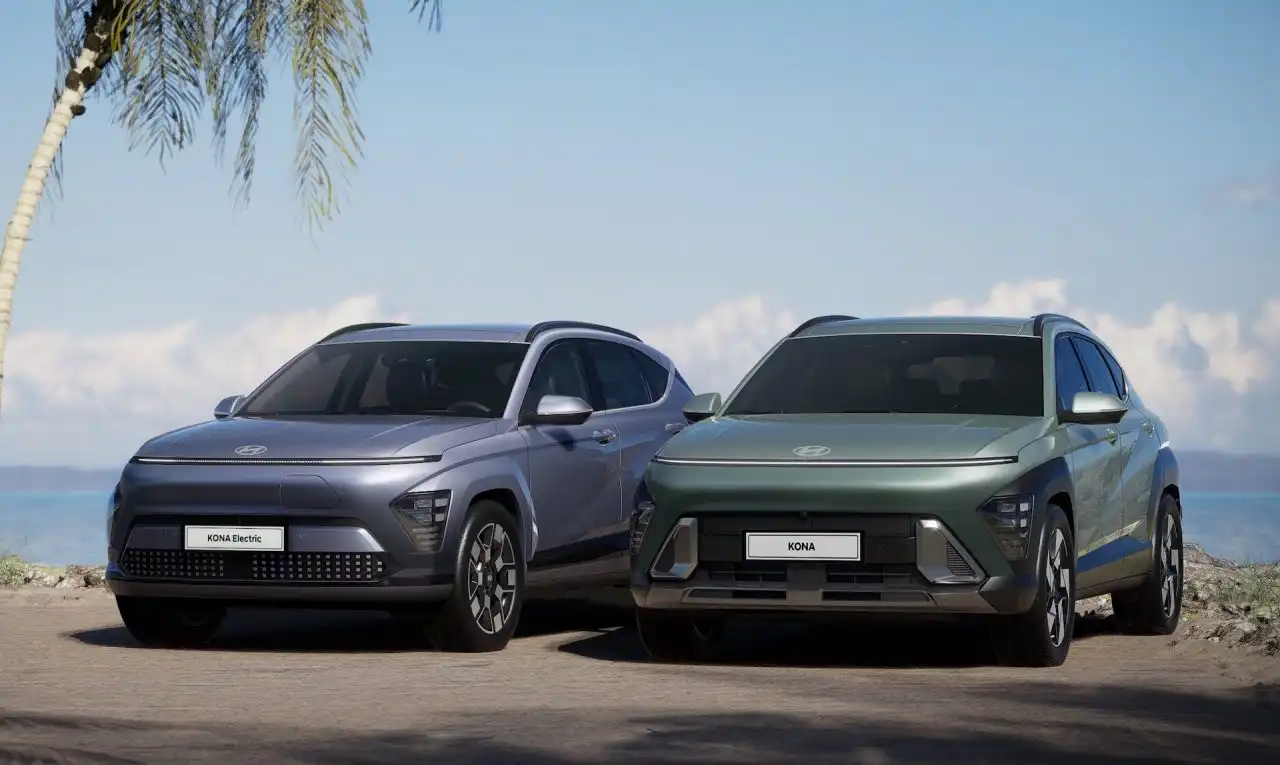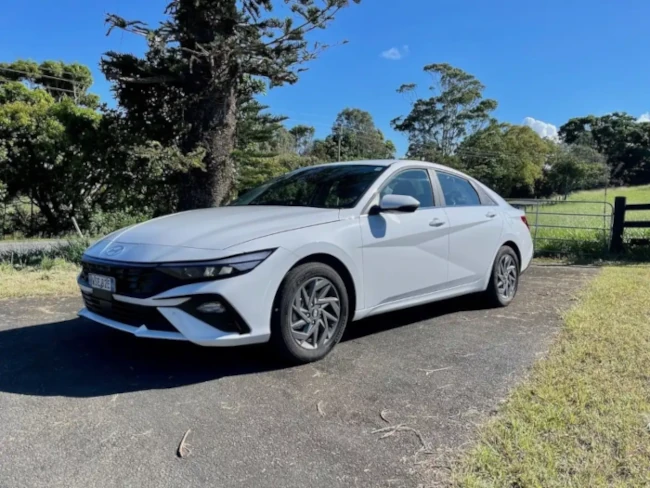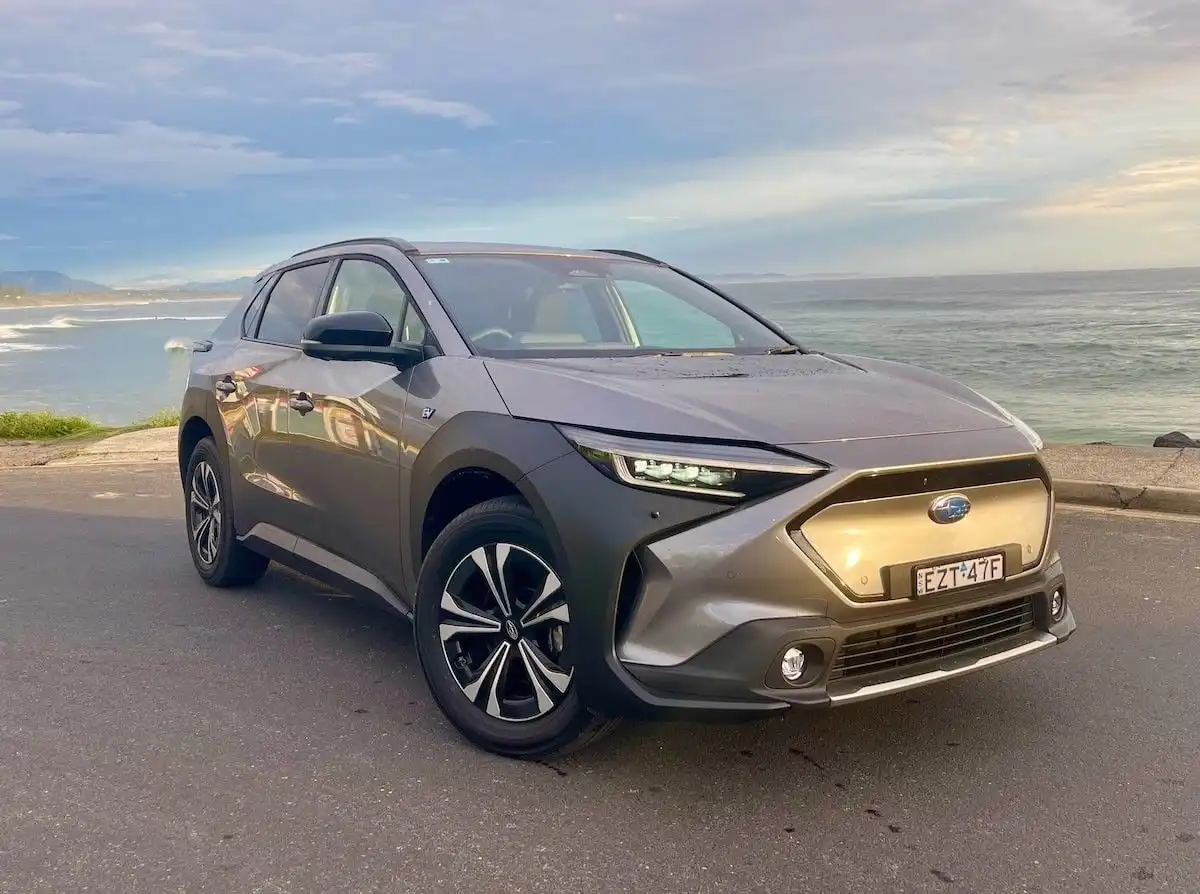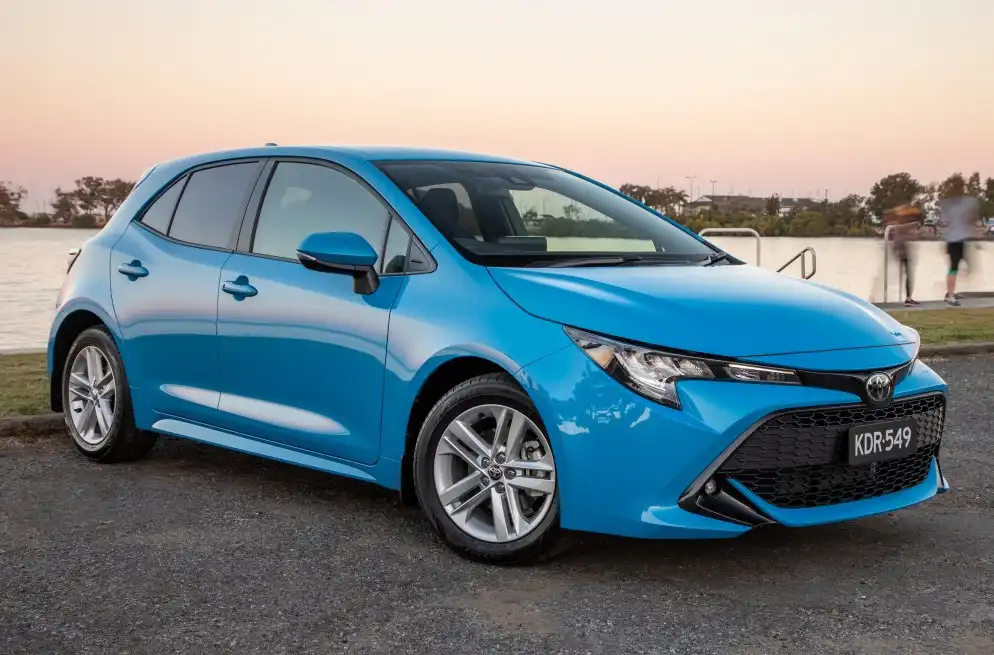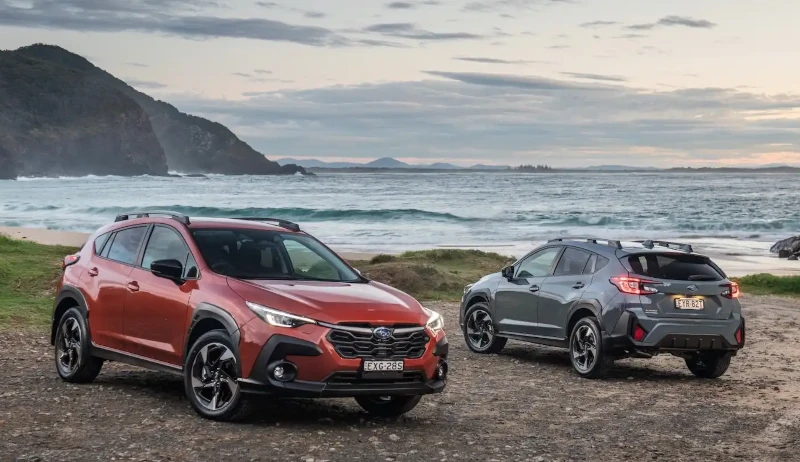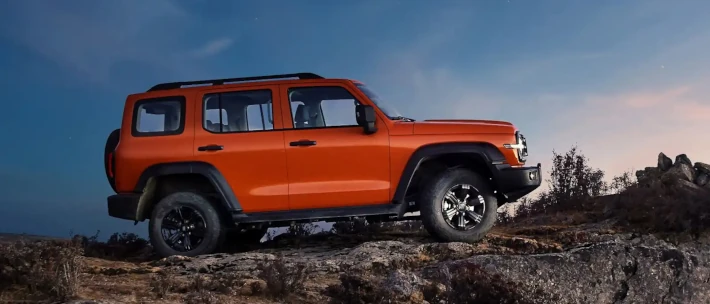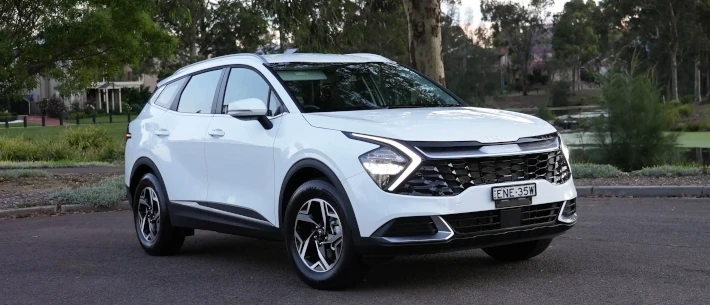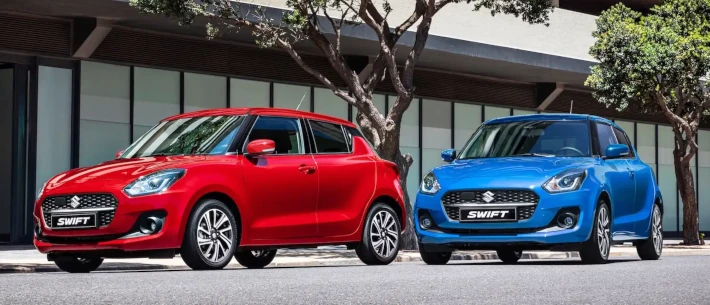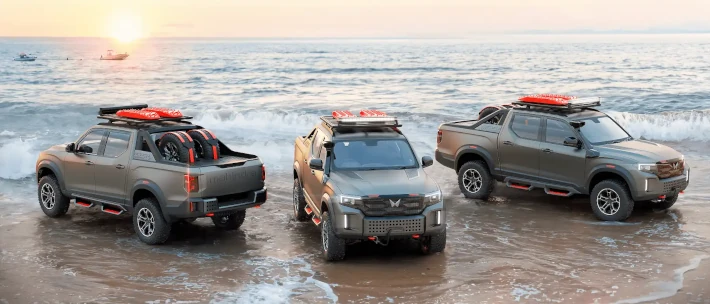Hyundai’s update has introduced a fresh, futuristic design, more interior space and practicality, an updated platform and a range of new hybrid engine options for fuel-conscious buyers.
How well have those updates culminated with the latest Hyundai Kona, how does it stack up against its rivals, and which is the best of the stacked Hyundai Kona lineup?
Hyundai Kona Competition
Hyundai Kona |
VS |
Mazda CX-30 |
| Toyota Corolla Cross | ||
| Subaru Crosstrek | ||
| Kia Seltos | ||
| Nissan Qashqai | ||
| Volkswagen T-Roc |
Starting Price: $32,000
OnlineAuto Savings: Enquire now
How Much Does It Cost?
The Hyundai Kona range is priced from $32,000 for the entry-level Kona 2.0 Petrol, while the Kona 1.6 Hybrid is priced at $36,000.
From here, the range moves to the Kona N Line which is priced at $36,00 for the 2.0 Petrol, up to $40,000 for the 1.6 Hybrid and $40,000 for the 1.6T AWD variant.
Moving up to the Hyundai Kona Premium range brings the price up to $39,500 for the 2.0 Petrol with prices rising to $43,500 for the 1.6 Hybrid.
Finally, the range-topping Kona N Line Premium is priced at $42,500 for the 2.0 Petrol, with prices rising to $46,500 for both the 1.6 Hybrid and 1.6T AWD.
Keep in mind that these prices are subject to change and do not include on-road costs.
How Much Can OnlineAuto Save You?
You could save money by getting one of OnlineAuto’s car buying agents to assist you in finding the greatest value model for you.
Hyundai Kona (N LINE) Specifications
| Model Date | 2023 |
| Make | HYUNDAI |
| Model | KONA |
| Series | SX2.V1 MY24 |
| Variant | N LINE |
| Body | 4D WAGON |
| Fuel type | UNLEADED PETROL |
| Transmission | CONTINUOUS VARIABLE |
| Drive | FWD |
| Engine | MPFI |
| Engine capacity | 1999 |
| Engine configuration | VARIABLE DOUBLE OVERHEAD CAM / 16 valves |
| Engine RPM | 6200 / 4500 |
| Cylinders | 4 |
| Torque | 180 |
| KW | 110 |
| Fuel tank size | 47.0 |
| Fuel usage specs | 6.6 / 0 |
| CO2 | 154 |
| ANCAP security rating | 5 |
Get in touch with one of our Car Buying Specialists today.
Request a quoteWhat Features Does the Hyundai Kona Have?
Hyundai’s entry-level Kona 2.0 range comes riding on a set of 18-inch alloys and receives LED head and tail lights with LED daytime running lamps, keyless entry & start, adaptive cruise control, a rear-view camera with parking sensors, dual-zone climate control with rear air vents, a 4.2-inch digital instrument cluster and a 12.3-inch infotainment system with Apple CarPlay & Android Auto.
Stepping up to the Hyundai Kona Premium adds dual projector LED headlights with LED turn signals, an LED front lighting strip, a powered boot lift, leather upholstery with heated and ventilated ‘relaxation’ front seats, heated rear seats and steering wheel, a surround-view camera, ambient lighting, a 12.3-inch digital instrument cluster and an upgraded eight-speaker BOSE sound system.
Hyundai’s Kona N Line and N Line Premium receive a set of 19-inch alloys, chrome exhaust pipes, black mirror caps, a bespoke front bumper and rear spoiler, combination leather and Alcantara upholstery, upgraded steering wheel, black interior highlights and alloy driving pedals.
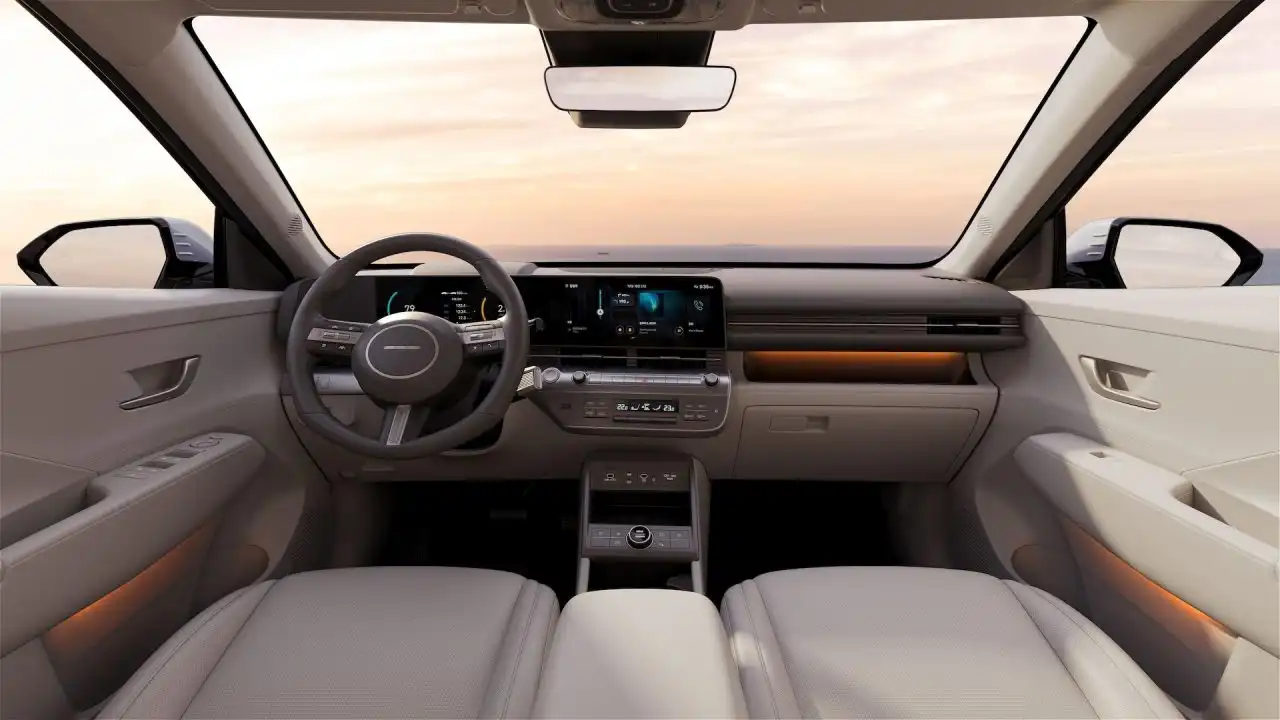
Hyundai Kona Range Features:
-
18-inch alloys
-
LED head & tail lights, LED daytime running lamps
-
Adaptive cruise control
-
Rear-view camera with parking sensors
-
12.3-inch infotainment system with Apple CarPlay & Android Auto
-
Projector LED headlights with LED turn signals (Kona Premium)
-
Powered boot lift (Kona Premium)
-
Leather upholstery with heated & ventilated seats (Kona Premium)
-
Heated rear seats & steering wheel (Kona Premium)
-
Surround-view monitor (Kona Premium)
-
12.3-inch digital instrument cluster (Kona Premium)
-
19-inch alloys (N Line)
-
Bespoke front bumper, rear spoiler, black mirror caps (N Line)
-
Leather/Alcantara upholstery (N Line)
-
Upgraded steering wheel, alloy driving pedals (N Line)
What Engines Are Available With the Hyundai Kona?
Hyundai’s entry-level Kona comes powered by a 2.0-litre four-cylinder petrol engine that pushes out 110kW of power and 180Nm of torque to the front wheels via a CVT automatic transmission.
The all-new Kona Hybrid comes powered by a 1.6-litre four-cylinder engine paired with an electric motor that produces a combined 104kW of power and 265Nm of torque, powering the front wheels via a six-speed dual-clutch transmission.
If you’re looking for the fastest Kona variant, Hyundai’s 1.6-litre turbocharged four-cylinder petrol unit produces a very healthy 146kW of power and 265Nm of torque and receives an eight-speed automatic transmission.
Is the Hyundai Kona Comfortable to Drive?
Hyundai has been keen to show buyers that the latest Kona range is more than a simple facelift.
Instead, there’s a heap of new gear hiding away underneath that has helped to improve the overall driving experience and the end result performs admirably well on a mix of smooth city streets and rough Aussie B-roads.
Around town, the base Kona rides nice and smooth, while the Kona Hybrid and 1.6 Turbo pick up an upgraded multi-link setup that is far more accommodating to country roads, making them the pick if you’re living outside of the city.
In terms of the Kona’s performance, the base model is a fairly unexciting affair, though its willing little four-cylinder is happy to work away and slingshot you up to speed with its CVT automatic.
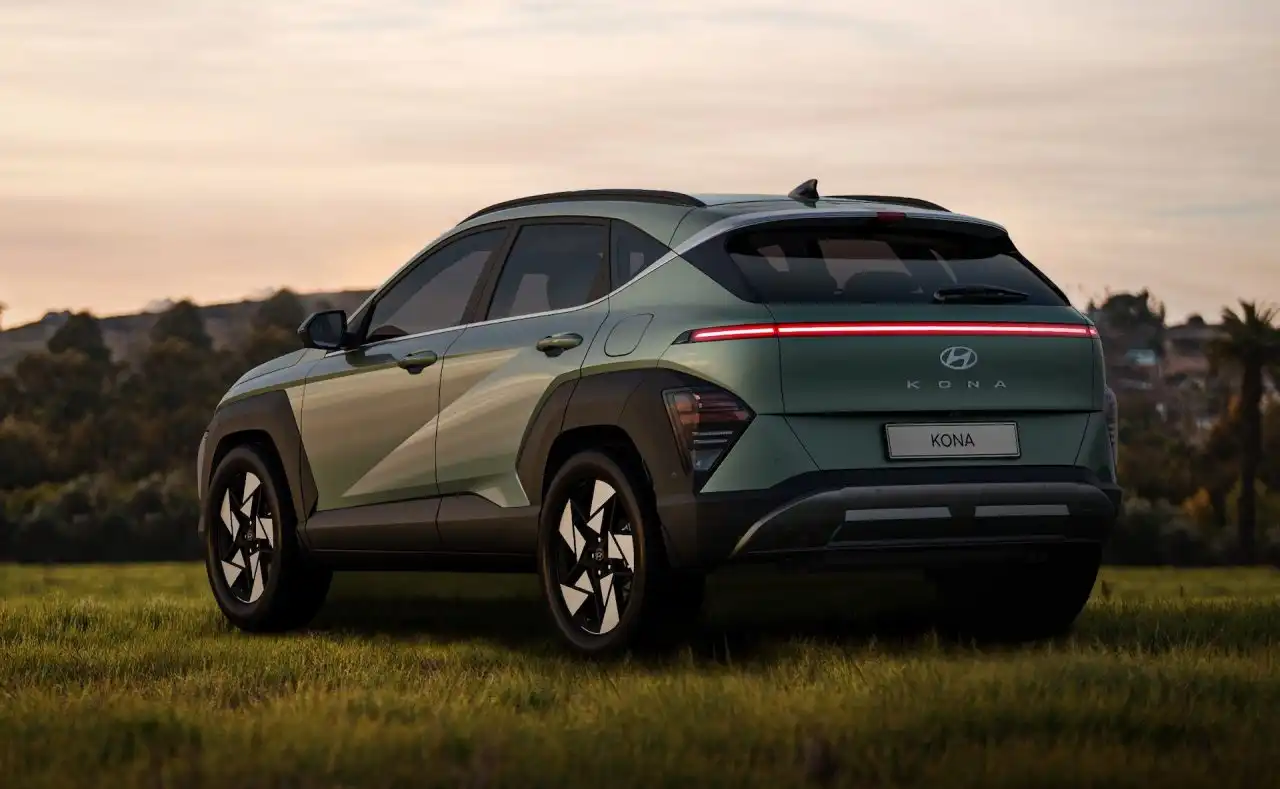
Opting for the Kona Hybrid adds a noticeable bump in torque thanks to the electric motor thrown in the mix, while the flagship 1.6-litre turbo offers some seriously impressive acceleration when kicked into gear.
Whichever variant you opt for, the Kona platform makes for a great little urban runaround thanks to its agile handling and lightweight steering rack that makes parking and low-speed turns a simple task.
There’s also a noticeable improvement when it comes to the noise, vibration and harshness entering the Kona’s cabin over its predecessor which has made it a much more attractive long-distance tourer.
All up, the second-gen Kona is far more than just a styling update when put to the test on Australian roads, making for a great little urban runaround and a more adept highway cruiser than its replacement.
Is it Fuel Efficient?
Hyundai’s addition of the brand-new hybrid engine for the Kona has resulted in a much more fuel-efficient compact SUV package.
Officially, fuel economy figures in the Kona 2.0 Petrol stand at 6.6L/100km on a combined cycle, dropping to just 3.9L/100km for the Kona Hybrid, making it by far the most fuel-efficient variant in the range.
The pursuit of speed means that Hyundai’s potent Kona 1.6-litre turbo is rated at 7.6L/100km, making it the thirstiest of the bunch.
Is it Practical and Spacious?
Hyundai’s second-gen Kona is a noticeably bigger package than its replacement which has, thankfully, translated to a more spacious and practical interior that makes it a more versatile compact SUV overall.
Up front, the driver and front passenger receive a redesigned front cabin that is simple but effective in its presentation, offering a decent amount of headroom for tall drivers and a healthy view of your surroundings.
The centre console offers the usual mix of practical touches like cup holders, a storage tray behind the gear lever, added storage inside the armrest and a large pair of door bins on either side of the cabin.
There’s also a small storage tray sitting in front of the passenger that makes the Kona an impressively practical little SUV package.
All up, the second-generation Kona is 145mm longer than the previous model, while the wheelbase is 60mm longer than its replacement which is most noticeable in the second row of the cabin.
Tight legroom is a common gripe for compact SUVs, and while it’s not super spacious, the Kona’s second row is much more useable and versatile for young families thanks to its larger stature.
Families will be glad to know the Kona picks up a pair of ISOFIX anchors and top tether mounts for child seats, while boot space has grown from 374L to a much more respectable 407L for sports equipment and bulky cargo.
All up, the Kona’s update has resulted in a much more useable and versatile package for Aussie families and makes for one of the most practical in the segment.
Is it Safe?
The latest Hyundai Kona is yet to receive an official ANCAP safety rating, though the previous Kona received a five-star ANCAP rating back in 2017.
As standard, the entry-level Kona range picks up autonomous emergency braking, adaptive cruise control, a rear-view camera with parking sensors, lane-keep assist, rear cross-traffic alerts, a blind-spot monitor, driver attention alerts and safe exit warnings.
Upgrading to the Kona Premium adds a camera-based blind-spot view monitor, rear autonomous emergency braking, a 3D surround-view camera and remote parking assist.
Our Verdict: Is the Hyundai Kona Worth it?
The latest Hyundai Kona offers material improvements over the already impressive first-gen vehicle that makes for one of the most versatile and competitive members of the compact SUV range.
In terms of our favourite, we think upgrading to the Kona Premium is a worthwhile move considering the sheer levels of added equipment, as is the extra stretch to the Kona Hybrid range to help trim your fuel bills and gain a little bit of extra power in the process.
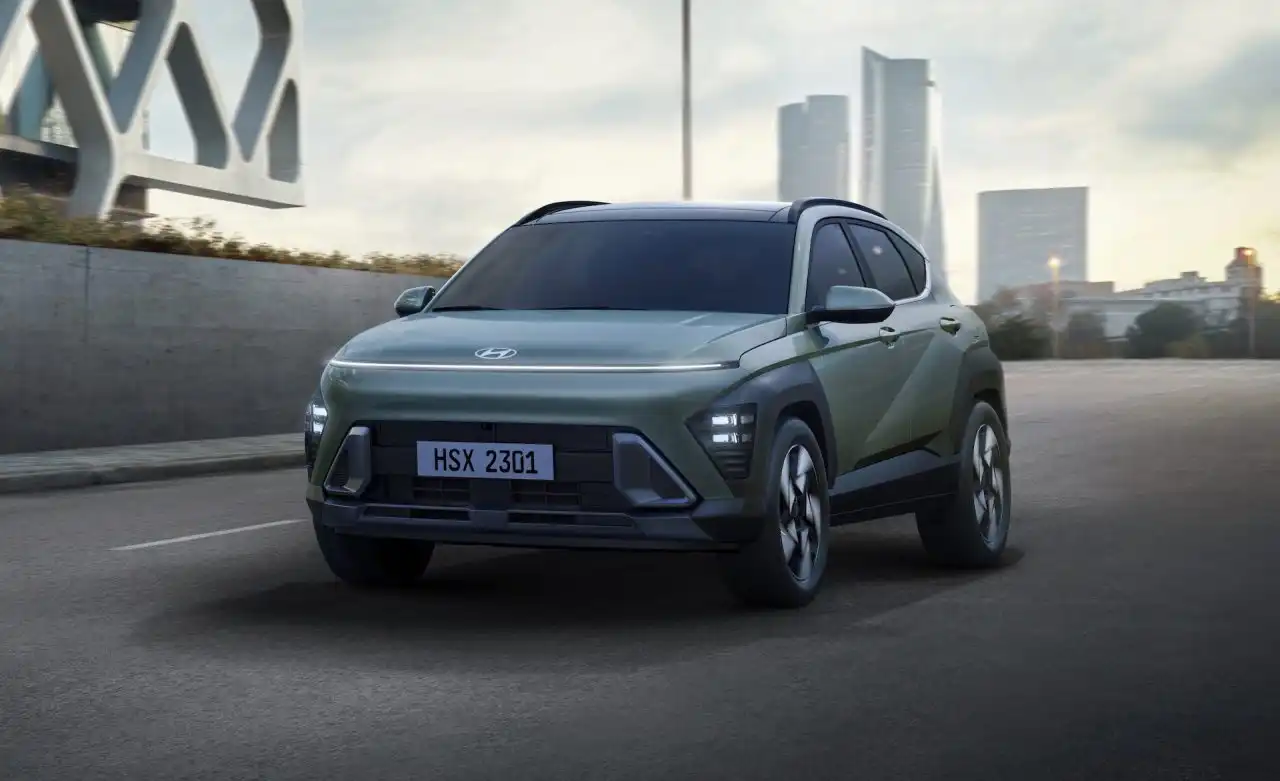
Don’t forget that if you’re in the market for a new car, our team of car-buying experts is here to help find you the best possible deal on your next car.
Five Specs You Need to Know
- Five-year/unlimited-kilometre warranty
- Three engines available, including a petrol-electric hybrid
- 3.9 - 7.6L/100km fuel economy figures
- 407L boot space
- 15,000km service intervals drop to 10,000 in 1.6 turbo
Get in touch with one of our Car Buying Specialists today.
Request a quote